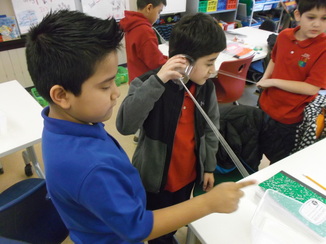
Third graders have had experiences changing the length of a sound source, making observations about how length and pitch are connected.
Our next steps...seeing how tension affects pitch!
Tension is a force that pulls an object in opposite directions. Using stringed instruments as a focus, third graders are changing the tension in the string to see what happens to the pitch.
Does making the string more tense make the pitch higher or lower? What if we reduce the tension?
Our next steps...seeing how tension affects pitch!
Tension is a force that pulls an object in opposite directions. Using stringed instruments as a focus, third graders are changing the tension in the string to see what happens to the pitch.
Does making the string more tense make the pitch higher or lower? What if we reduce the tension?
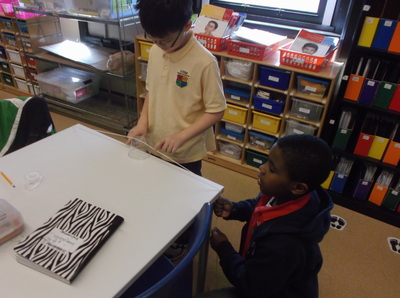
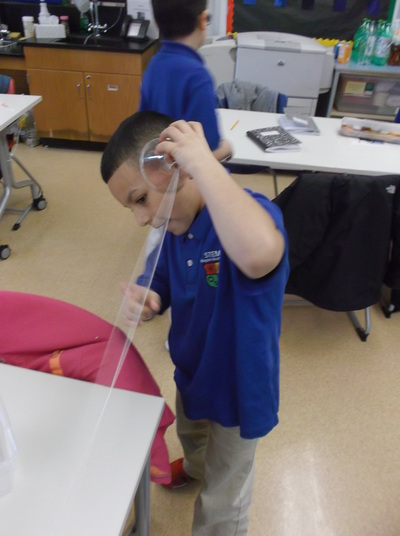
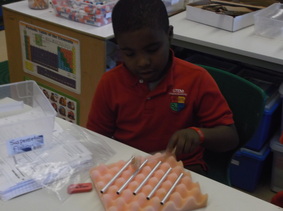
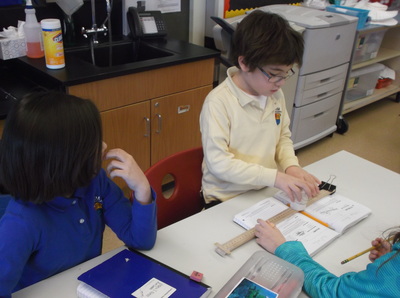
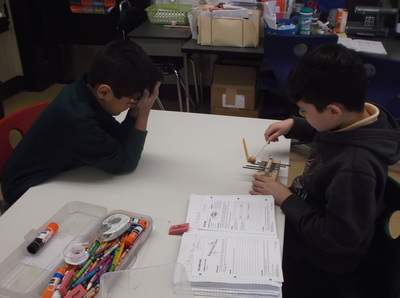
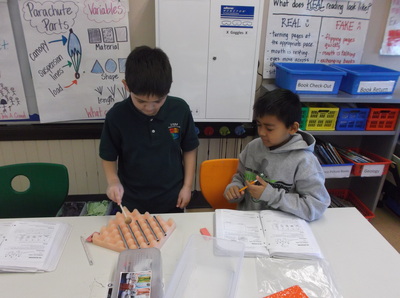
 RSS Feed
RSS Feed